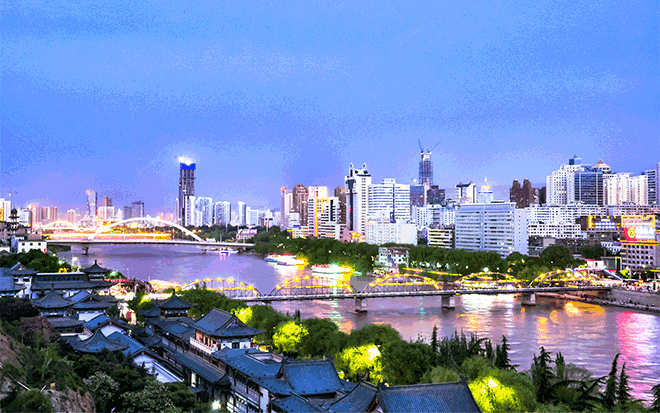
Located in the upper reaches of the Yellow River, northwest China, Gansu is one of the cradles of Chinese cultures. It occupies a total area of 450,000 square kilometers (173,700 square miles) Neighboring provinces are Shaanxi to the east, Sichuan to the south, Qinghai and Xinjiang to the west and Inner Mongolia and Ningxia Hui Autonomous Region to the north. With a population of 23.7 million, Gansu has a multinational population which includes ethnic minority groups of Kazak, Mongolian, Tibetan, Hui, Dongxiang, Tu and Manchu. They mutually influence each other in the fields of economics, politics and culture and hold close ties with the Han people. They have thus developed a unique cultural community. Lanzhou, a well-known ancient city in China, is the capital of Gansu. It is the second largest city in northwest China, and also the political, economic and cultural center of the province. With a long history and brilliant cultures, Gansu is abundantly endowed with cultural relics and natural scenery.

Vast and graceful natural scenery like endless desert and pure glacial landscape presents an impressive and breath-taking picture before your eyes. Take for example the world-famous Mogao Grottoes.

It is the largest and most well-preserved Buddhist art palace and also a post along the ancient Silk Road; the grand Jiayuguan Pass, an important outpost in ancient China,is the western end of the Great Wall; the Labrang Monastery in Xiahe is one of the largest Tibetan Buddhist resorts in China while the Bingling Thousand Buddha Caves in Lanzhou are a treasure trove of Han Buddhism. All of these are commendatory scenic spots for your tour.